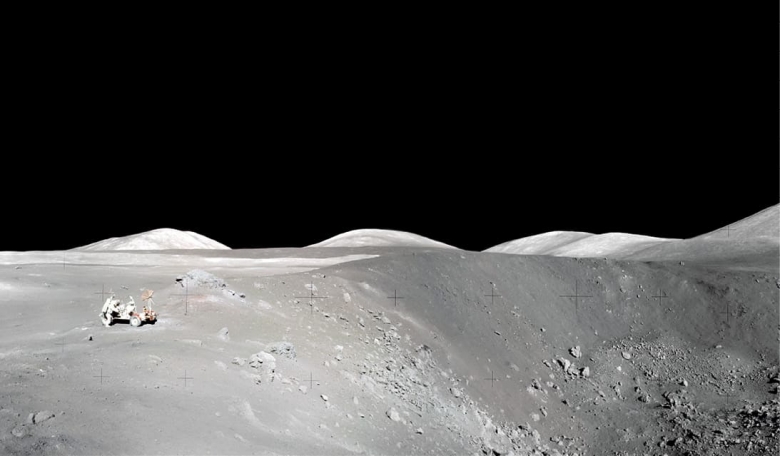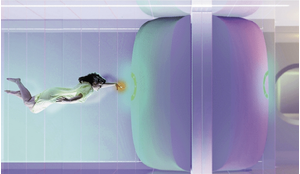In a twist on using geological processes on Earth to infer how a particular action on the Moon or other planet might have occurred, cutting-edge technology is now helping scientists unlock information frozen into Moon minerals to improve forecasts of volcanic behaviour in real time on our planet.
Volcanologists have been developing a new tool to help forecast activity, and Moon rocks collected by astronauts 50 years ago are being examined with new technology to join the effort. How can cold, and (very) old, rocks help forecast volcanic eruptions today? How can any rocks do this after they’ve erupted. The key is contained in the crystals within those rocks, and how the Moon’s comparatively simple evolution, and lower gravity, provides a test of a new idea of how those crystals record the pathway of magma through the Earth’s crust in the months, days and hours before an eruption.
The study of magma and especially crystals is moving from understanding the rulebook, an essential yet abstracted view which describes what is in equilibrium, to reading the playbook: the disequilibrium that occurs in nature. Building kinetics and kinematics into our understanding of the history of individual crystals promises to describe where, when, and for how long, crystals were in disequilibrium. Patterns revealed in time, space, chemistry and process can now be reconstructed as pre-eruption magma pathways. It’s still early days, but the future for this science is bright, and it’s about to go off-planet.














